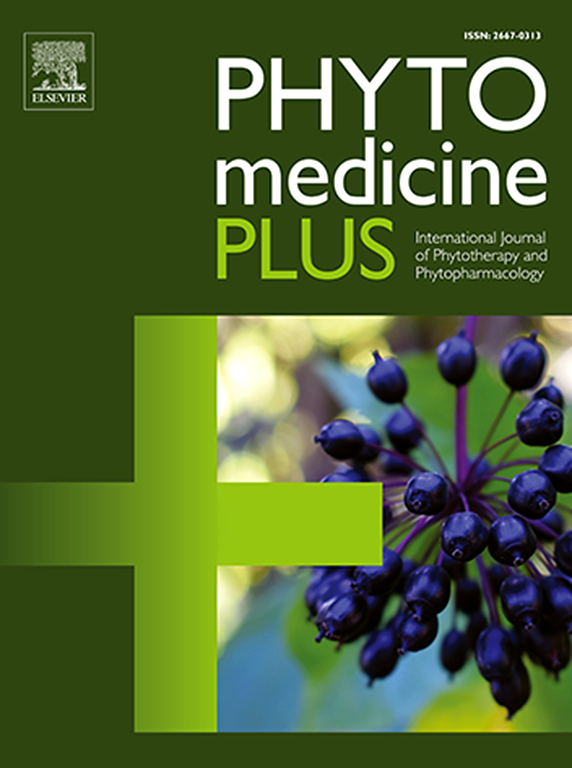A review on the molecular mechanisms and pharmacology of andrographolide from Andrographis paniculata (Burm.f.) Nees in the management of the interplay between type 2 diabetes and breast cancer
Q3 Pharmacology, Toxicology and Pharmaceutics
引用次数: 0
Abstract
Background
Andrographis paniculata (Burm.f.) Nees is a herbaceous plant originating from the acanthaceae family, the plant has a wide distribution in subtropical regions and commonly known as Chuan-Xin-Lian in China, Kalmegh in the Indian subcontinent. A. paniculata has evolved into a plethora of Chinese proprietary medicines that are frequently utilized in clinical settings; it was originally documented in Lingnan caoyaolu next to an entire list of 480 Chinese herbal remedies.
Materials and methods
The present review examines the literature relating type 2 diabetes mellitus (T2D), breast cancer and A. paniculata. To relate all three and find a link a thorough search of literature was done on TCM Bank, TCMSP, PubMed, Google Scholar, ResearchGate, Embase, and ScienceDirect with keywords such as Chuan-Xin-Lian, traditional Chinese medicine, Andrographolide, breast cancer and diabetes.
Result
The molecular mechanism between diabetes and cancer has long been speculated, although it is still unknown. Both diseases contribute to worldwide death rates, and if their causative link is not addressed, it could cause a global health crisis. Thus, complementary/alternative medications from natural Sources with fewer side effects are becoming more popular with Andrographis paniculata (Burm.f.) Nees, being a common Asian herb, has been used to cure several diseases, including diabetes and breast cancer.
Conclusion
In summary, this review highlights the importance of A. paniculata as a traditional Chinese herb, which has demonstrated promising therapeutic benefits in treating numerous diseases and offers valuable direction for future research.

求助全文
约1分钟内获得全文
求助全文
来源期刊

Phytomedicine Plus
Medicine-Complementary and Alternative Medicine
CiteScore
3.70
自引率
0.00%
发文量
178
审稿时长
81 days
期刊介绍:
 求助内容:
求助内容: 应助结果提醒方式:
应助结果提醒方式:


